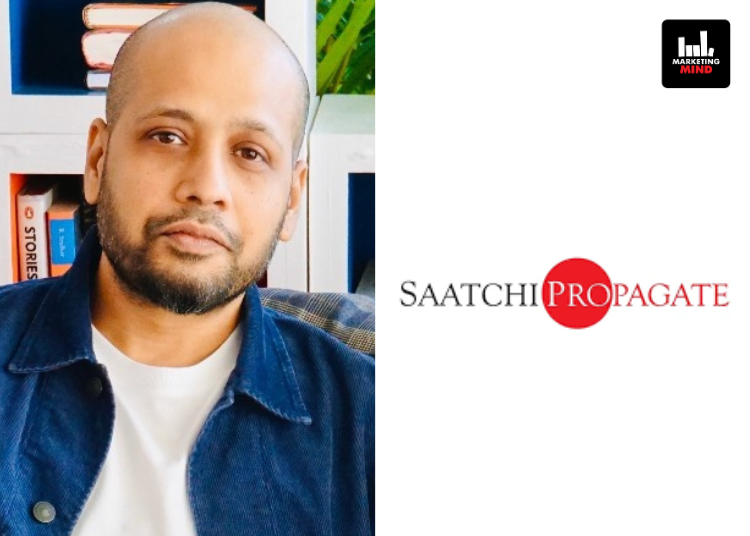The Advertising Standards Council of India (ASCI) has partnered with the UN Women Convened Unstereotype Alliance and Kantar to launch a new report titled ‘Mainstreaming Diversity & Inclusiveness in Indian Advertising’.
Having scrutinised over 261 ads in 13 languages, and mapped them on eight dimensions of Age, Gender, Sexual orientation, Race/ethnicity, Physical appearance, Social class, Disabilities, and Religion, the study noted that while Indian ads are doing well on the gender dimension, they are weak on other aspects.
The study uses the Progressive Unstereotype Metric (PUM) to measure consumers’ response as to whether the way people are presented in the ad represents a modern and progressive view of society.
Citing global studies, the report also mentioned that positive PUM results in higher brand affinity and intent to purchase.
Providing a broader perspective on the realm of diversity and inclusion (D&I) within Indian advertising and sheds light on evolving trends, challenges, and opportunities, the report highlighted that in a country as diverse and multi-cultural as India, advertising that caters to this diverse population is ‘surprisingly flat’ in its representation.
“Across the spectrum of dimensions of D&I, Indian advertising has done well to ensure Presence for females. Unlike the global trend of women having Observations on Diversity and Inclusiveness from the ads evaluated by Kantar through its Link evaluation framework, a solo presence in only a fourth of the ads tested by Kantar, in India we see a much higher 45% of ads featuring only women in their narrative,” the report mentioned.
It added, “However, in contrast to most other markets, India is a distance away in terms of celebrating the inherent diversity in its ethnicity and skin color.”
Having said that, the report also noted that within the depiction of men and women, women characters are ‘more stereotyped’ and shown as ‘fair and lean’ versus men, confirming to more stereotypical definitions of beauty.
In terms of the portrayal of women, the report stated that it remains closely anchored to care, in contrast to men who are shown in 3X more authoritative characters when compared to women.
Furthermore, the report titled- ‘Mainstreaming Diversity & Inclusiveness in Indian Advertising’ also threw light onto the fact that while India gets closer to the global pattern in terms of representation of wider spread of age groups, representation of LGBTQ+ and people with disability remains a challenge across the countries.
In line with the profile of ads evaluated by Kantar, less than 1% ads portrayed overtly gay/lesbian characters or featured inclusion of portraying characters with disability. In addition, only less than 5% of the ads featured elderly characters.
“While the representation of various regional or ethnic groups, different body types, skin colours, and age-groups is low, there’s almost negligible representation of the LGBTQ+ community, or of people with disabilities. Some of these representations are missing even in regional advertising,” it stated.
Delving further, the report also noted that in contrast to many other markets, India is a distance away in terms of celebrating the inherent diversity in its ethnicity and skin colour. Only 3% of Indian ads had representation from ethnic groups vs. the global average of 19%, and only 4% showed diversity of skin tone vs. the global average of 27%.
Expressing her views on the report launch, Manisha Kapoor, CEO and Secretary-General, ASCI, said, “Progressive advertising works better for society and for brands. Ads that are stuck in stereotypical depictions are missing a trick in connecting with India’s diverse consumer base. Collaborating with the Unstereotype Alliance and other partners, ASCI is committed to guiding and supporting the industry in achieving wider D&I representation.”
To this, Susan Ferguson, Country Representative, UN Women India, added, “As conveners of the Unstereotype Alliance India National Chapter, we are dedicated to fostering inclusivity within the advertising landscape. Over the past two years, our alliance has brought together brands, organizations, and individuals committed to leveraging advertising and media to drive a cultural shift towards diversity and inclusion. We are proud of our collective efforts to dismantle stereotypes and champion a more inclusive advertising industry.
Furthermore, Soumya Mohanty, MD and CCO- South Asia, Insights Division, Kantar, also said, “We are proud to partner with ASCI and the Unstereotype Alliance in shedding light on the evolving landscape of diversity and inclusion in Indian advertising. Through our research and insights, we aim to drive a more inclusive and representative industry that resonates with diverse audiences.”
Click here to read the full report.
















